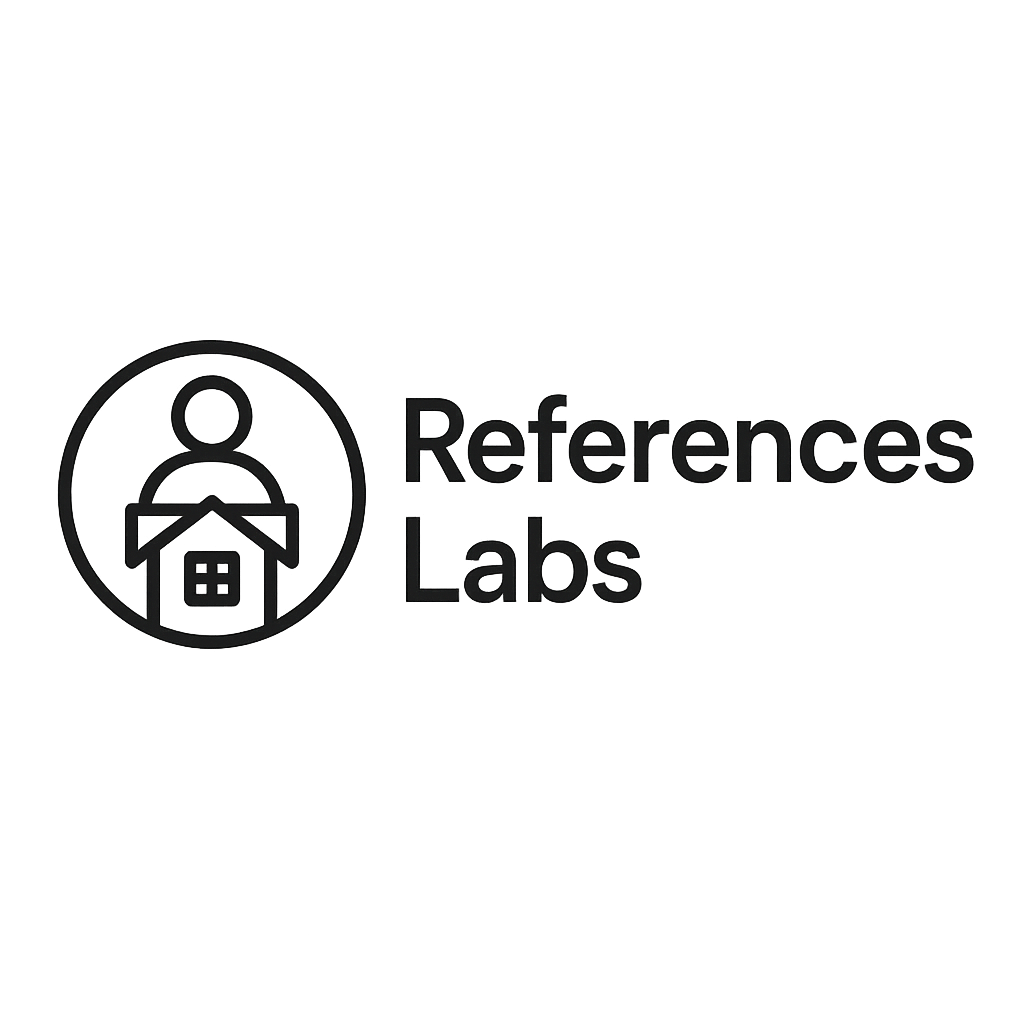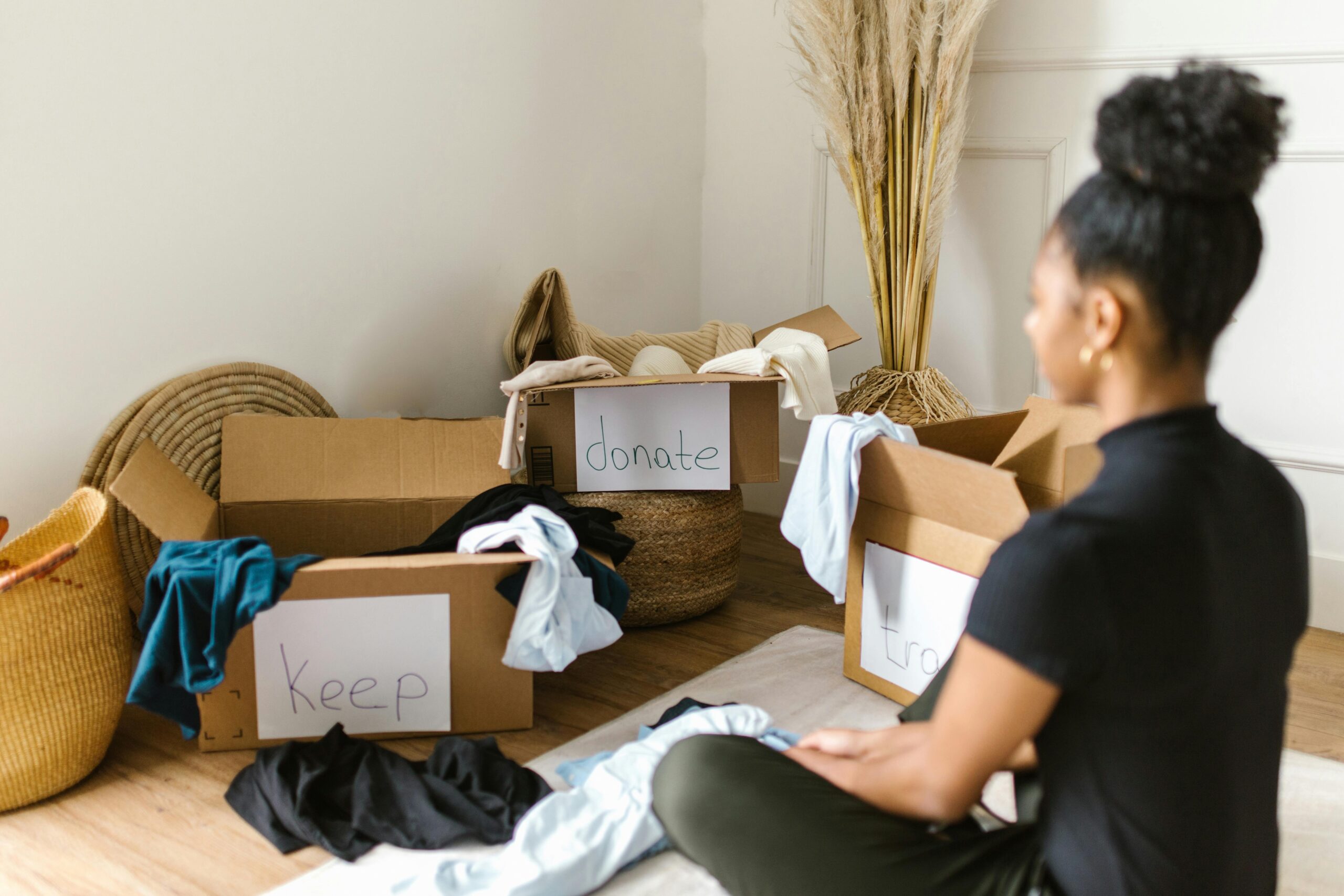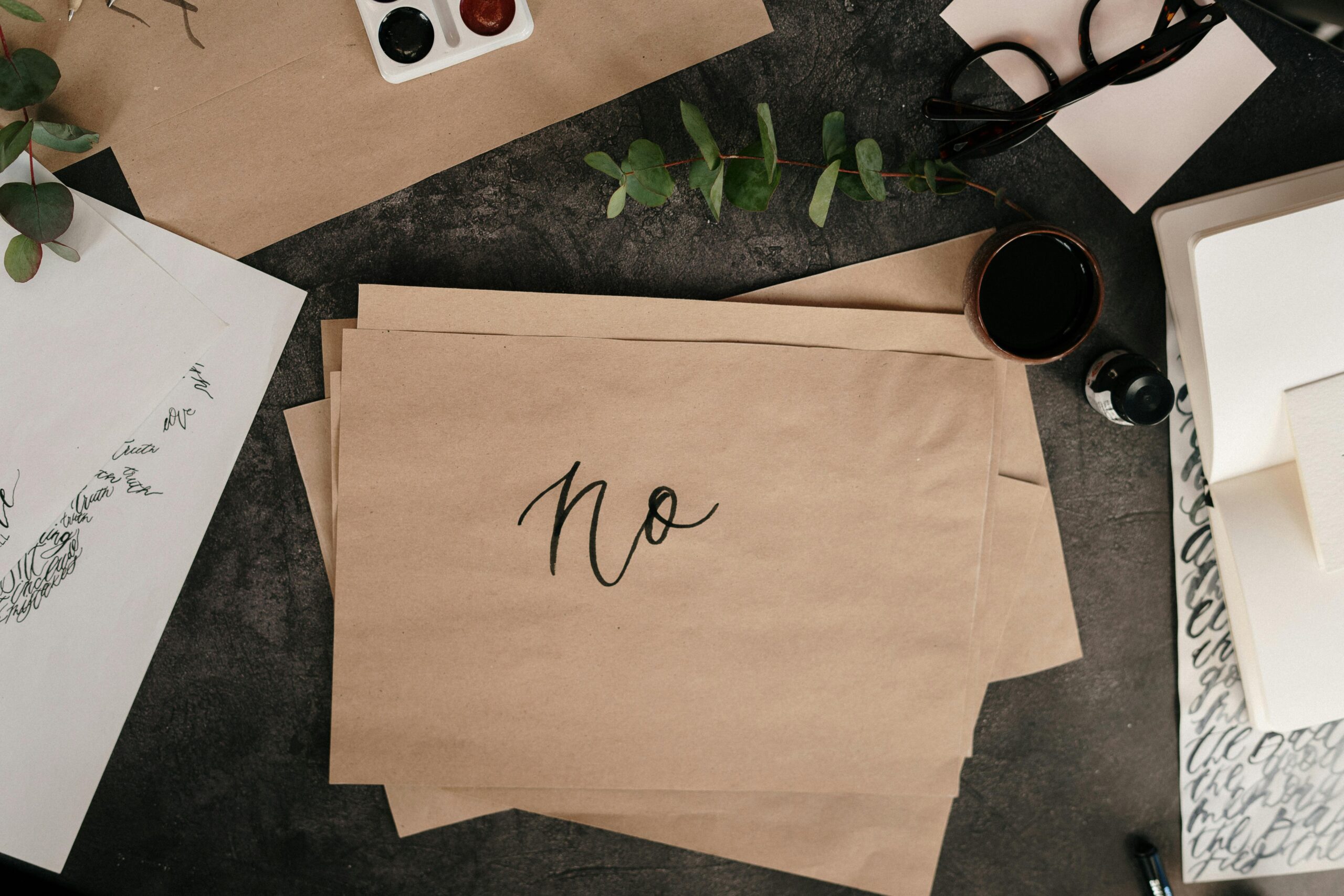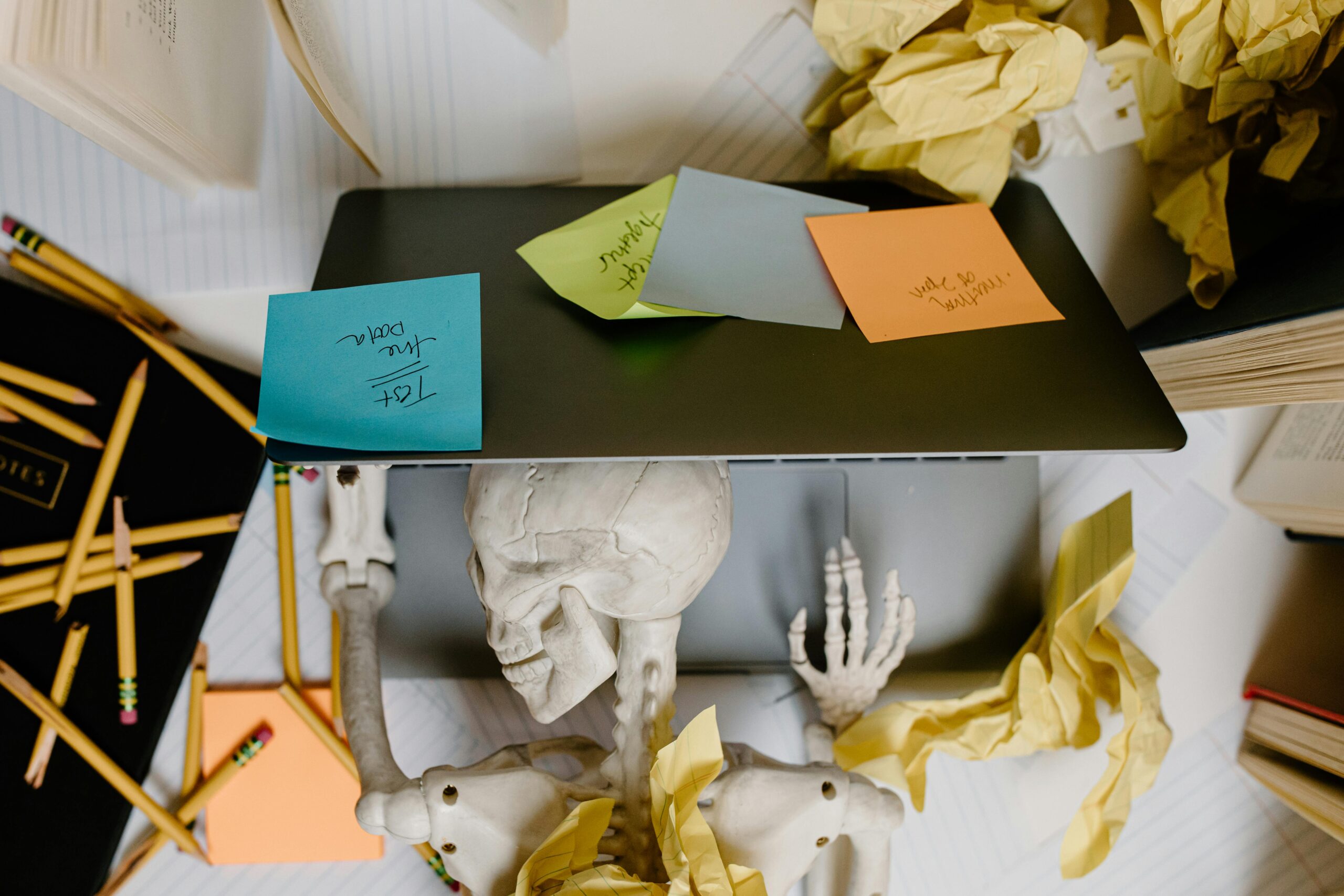By simplifying our surroundings, we can create a more intentional and fulfilling existence. The minimalist movement advocates for living with less, but it’s not about deprivation—it’s about enriching our lives with meaning, clarity, and purpose.
In this article, we’ll explore how the process of simplifying your space can lead to a more fulfilling life. We’ll break down the psychological and emotional benefits of minimalism, the practical steps to declutter, and how minimalism can extend beyond just your physical space to improve your overall well-being.
- The Benefits of Minimalism
- Decluttering Your Space
- Simplifying Your Environment
- Minimalism Beyond Physical Space
- Conclusion
The Benefits of Minimalism
Living in a cluttered space can have a profound impact on our mental health. When we’re surrounded by excessive possessions, our brains are constantly processing and making decisions about those things, even if we don’t realize it. This mental overload can lead to stress, anxiety, and decision fatigue.
The minimalist approach, however, offers a solution to this. By simplifying our physical space, we can clear mental clutter as well. Studies have shown that reducing clutter can help improve focus, increase productivity, and promote a sense of calm. When you remove distractions from your environment, it becomes easier to concentrate on what truly matters—whether it’s your career, relationships, or personal growth.
I personally find that a clean, organized space allows me to think more clearly and feel more at ease. There’s something incredibly freeing about not being overwhelmed by the sheer number of things around you. Minimalism doesn’t just declutter your home; it declutters your mind as well.
Decluttering Your Space
The first step to embracing minimalism is decluttering your physical space. This can feel like a daunting task, but it doesn’t have to be overwhelming. Start by taking it one room or even one item at a time. The key is to be intentional about what you keep in your space.
A popular method for decluttering is the KonMari Method, introduced by Marie Kondo. This method encourages you to go through each item in your home and ask yourself, „Does this spark joy?“ If it doesn’t, it’s time to let it go. Another helpful approach is the 80/20 Rule, which states that we typically use 20% of our possessions 80% of the time. Take a look at the things you rarely use and consider whether they really add value to your life.
For me, the process of decluttering has been transformative. I began by getting rid of things I didn’t need—clothes I never wore, outdated electronics, and excess furniture. As I cleared my space, I noticed how much more at peace I felt. It wasn’t about getting rid of everything; it was about only keeping the things that truly added value to my life.
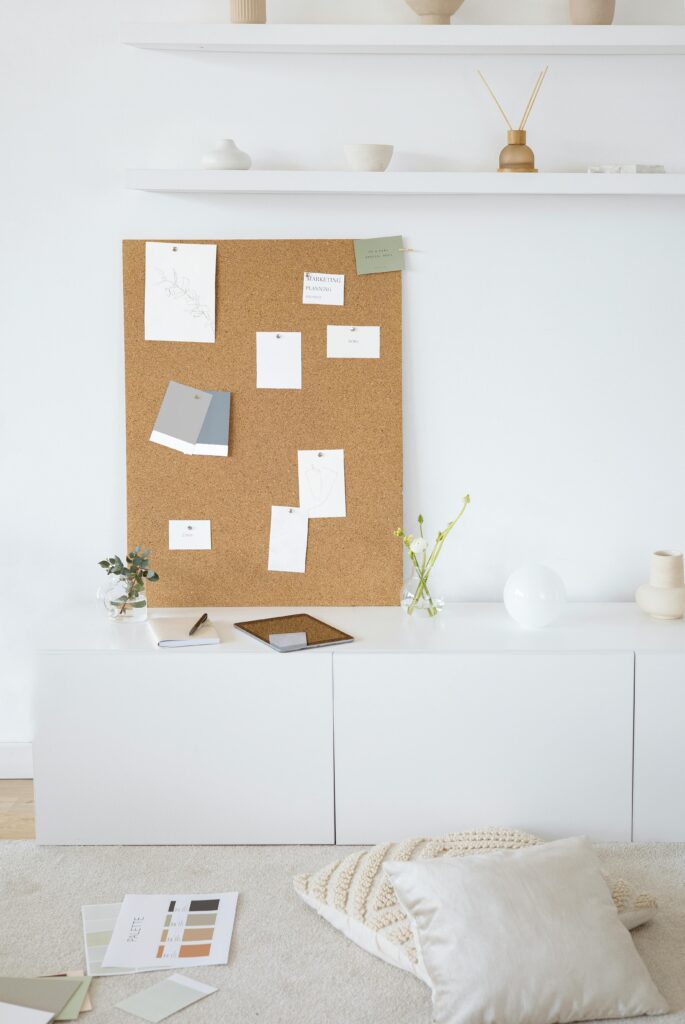
Simplifying Your Environment: Creating Spaces for Meaningful Living
Once you’ve decluttered, the next step in embracing minimalism is designing your space to reflect your values and support your well-being. Minimalism isn’t just about having fewer things—it’s about creating environments that encourage clarity, focus, and peace. When we simplify our surroundings, we free up mental and emotional energy that can be better spent on the things that matter most.
To begin simplifying your environment, think about the spaces where you spend the most time. For example, your home office, bedroom, or living room should be designed to help you thrive, not feel stressed or distracted. Start by keeping only the items that are functional, beautiful, or meaningful to you. The goal is to surround yourself with things that bring value and contribute to your quality of life.
One of the core principles of minimalism is removing distractions. By simplifying your furniture and décor, you create a sense of calm and order. In my own experience, the more I cleared away unnecessary items, the more I began to appreciate the items I kept. For example, instead of over-decorating a room with trinkets or unnecessary furniture, I focused on choosing pieces that truly enhanced the space. A comfortable chair, a clean desk, and simple, thoughtful décor transformed my environment into a place where I could focus and relax.
In addition to reducing clutter, it’s important to think about the purpose each space serves. Does your living room invite relaxation, or is it filled with random items that don’t serve a purpose? Is your bedroom a sanctuary for rest, or does it feel chaotic because of too much clutter? Simplifying your environment allows you to align your physical spaces with your goals and priorities. By creating intentional spaces, you can foster a sense of well-being and focus that will positively impact every aspect of your life.
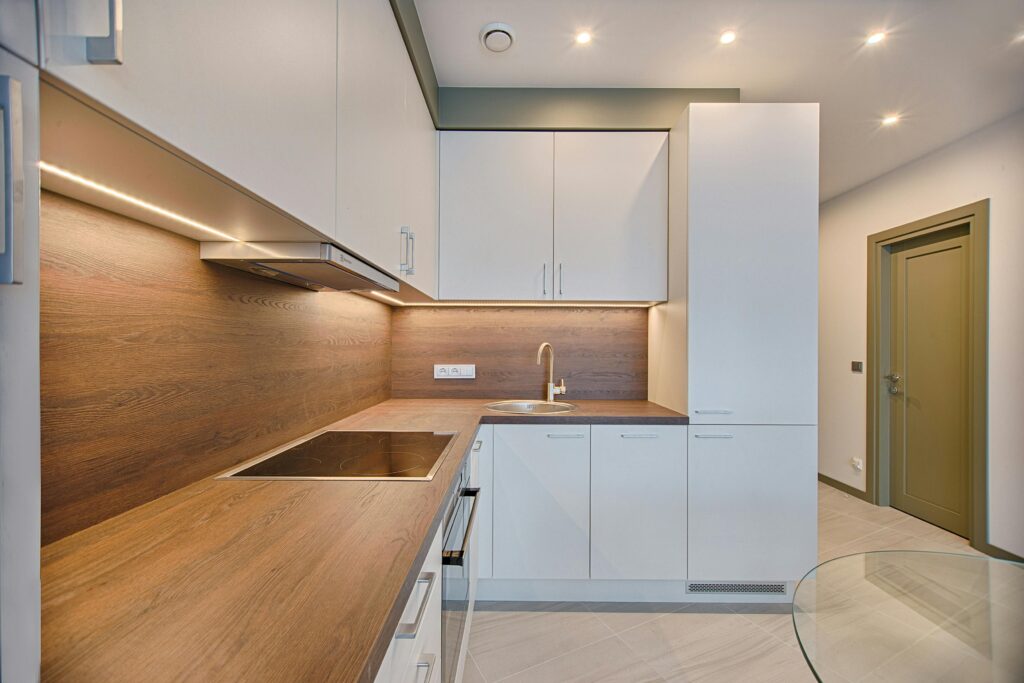
Minimalism Beyond Physical Space: Simplifying Your Time and Energy
Minimalism isn’t just about reducing physical clutter—it’s about simplifying your time and energy as well. In today’s fast-paced world, we are often overwhelmed by too many commitments, activities, and distractions. The minimalist mindset can be applied to managing how we spend our time, focusing on the things that bring us joy, fulfillment, and progress.
By setting clear priorities, we can let go of commitments that drain our energy. For example, saying „no“ to activities or obligations that don’t align with our values is a crucial part of minimalism. In the same way we declutter our physical spaces, we can also simplify our schedules and focus on what truly matters.
I’ve found that by applying minimalism to my time, I’ve been able to create more space for activities that nurture my well-being—whether it’s spending time with loved ones, focusing on my personal growth, or simply resting. The key to simplifying your time is learning to say no to things that don’t serve your goals or bring you joy.
Conclusion
Minimalism is about much more than just owning fewer things. It’s about creating a life that aligns with your values, promotes clarity, and fosters a sense of freedom. Simplifying your space and your life can help you focus on what truly matters, reduce stress, and create room for personal growth.
If you’re feeling overwhelmed by the clutter in your life, start small—whether it’s by clearing a single drawer or committing to fewer commitments in your calendar. Over time, you’ll experience the joy that comes with living more intentionally. Remember, minimalism is a journey, not a destination. By embracing it, you’re choosing to live a life that’s more focused, fulfilling, and aligned with what’s truly important to you.
Begin today—take the first step toward simplifying your space and embracing the freedom that comes with it.
